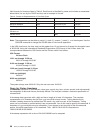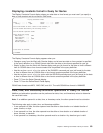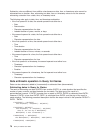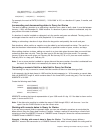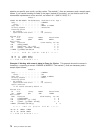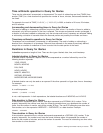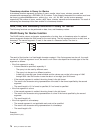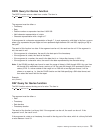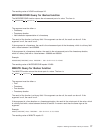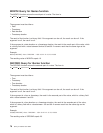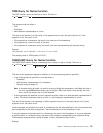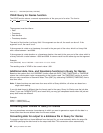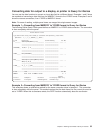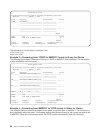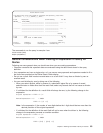
If the argument is a date duration or a timestamp duration, the result is the day part of the value, a binary
field with a value between −99 and 99. A nonzero result has the same sign as the argument.
Example:
RESULT(DAY) = DAY(HIREDATE)
RESULT(DAY) would equal a value between 1 and 31.
DAYS Query for iSeries function
The DAYS function returns a numeric representation of a date. The form is:
DAYS ( expression )
The argument must be either a:
v Date
v Timestamp
v Valid character representation of a date
The result of the function is a binary field. If the argument can be null, the result can be null. If the
argument is null, the result is null.
The result is one more than the number of days from January 1, 0001 to D, where D is the date that
would occur if the DATE function were applied to the argument.
Example:
RESULT(DAY) = DAYS(CURRDATE) - DAYS(HIREDATE)
RESULT(DAY) equals a number representing the number of days between these two dates.
HOUR Query for iSeries function
The HOUR function returns the hour part of a value. The form is:
HOUR ( expression )
The argument must be either a:
v Time
v Timestamp
v Time duration
v Timestamp duration
The result of the function is a binary field. If the argument can be null, the result can be null. If the
argument is null, the result is null.
If the argument is a time or a timestamp, the result is the hour part of the value, which is a binary field
with a value between 0 and 24.
If the argument is a time duration or a timestamp duration, the result is the hour part of the value, which in
a binary field with a value between −99 and 99. A nonzero result has the same sign as the argument.
Example:
HOUR(TIME) where time = 12:11:22
76 Query for iSeries Use V5R2



